Turns out my hotel room has internet access! I was surprised, to say the least, but I can’t complain really.
I went to the museum today to find what I needed, and then after it closed, I walked around the city a little.
Changshu was a county seat, which means that it was a city with a wall, like every other county seat in China at the time. Unfortunately, also like most cities, the wall is now gone. All that’s left is the moat.
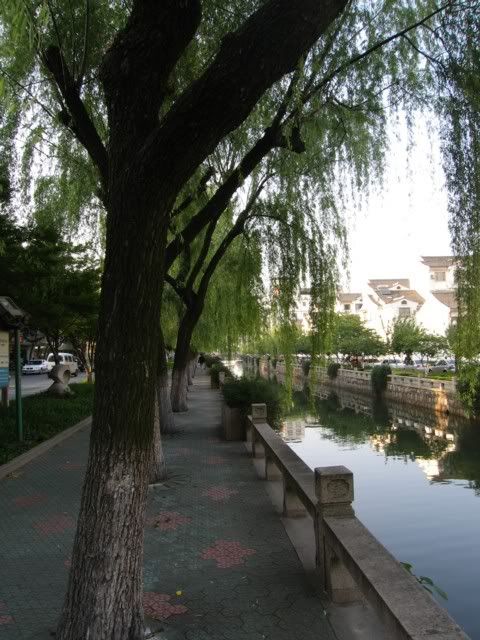
And even here… you can see sure signs of development

I ended up at the “Square Pagoda” park, where there is, indeed, a Square Pagoda.
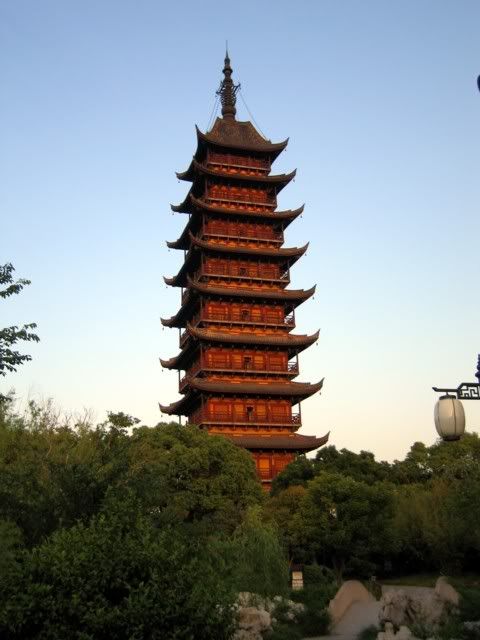
Construction for this thing began in 1130, and it was finished by the mid 13th century. It was a “Feng Shui” pagoda in the sense that it was primarily built for Feng Shui purposes. Changshu apparently had a Feng Shui problem, and so to fix it, one needed to build a tall pagoda to remedy it. They did, and it’s still here.
By the time I got there, the park was closed, but in the summer, the afterhours is open for tea drinkers who want to go and relax in the park (until something like 9:30pm). I figured… why not, so I went in, paying 20 RMB for a local green tea.
This is the ubiquitous setup when you drink tea in parks
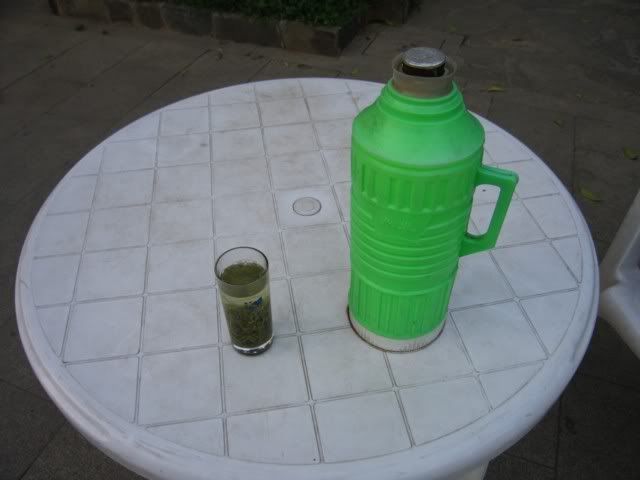
The tea brews slightly cloudily, with a lot of hair. The leaves are tender, but not that uniform — some larger, some smaller. The taste is sweet. I think it’s partly because of local water (which I’ve tried now). There’s a slight minty taste in the end, and the tea never got too astringent, which is very nice given the rather large amount of leaves I got in the cup.
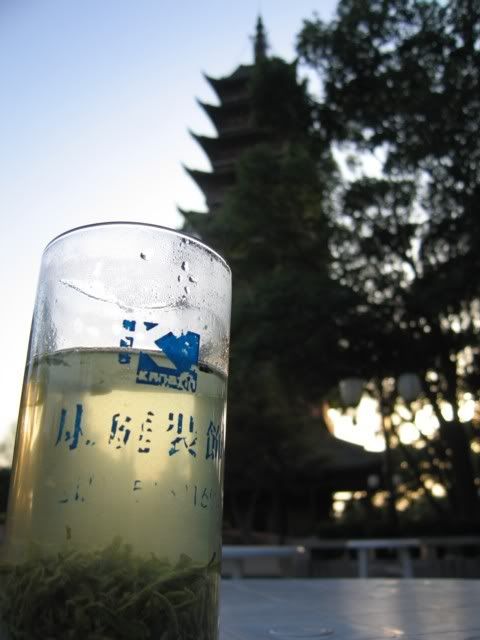
I was way early, and the only person in the park aside from the two old men who take care of the tea station. I wandered around, taking quite a few pictures while carrying my glass, going back to the hot water to fill it up as necessary.
Then the sun was setting, and I was getting hungry… tomorrow will be a long day, so it was time to get some dinner, and head back to my hotel room with pink sheets. Changshu is not quite what I remembered last time… somehow everytime I come it seems more crowded, but at least for an hour in the park, it was really tranquil and peaceful.





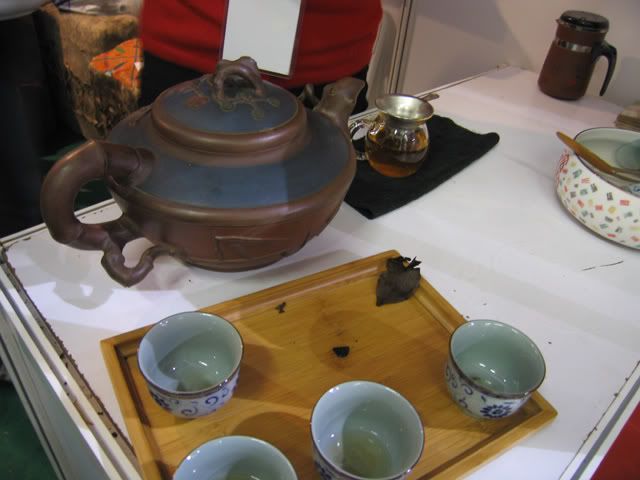
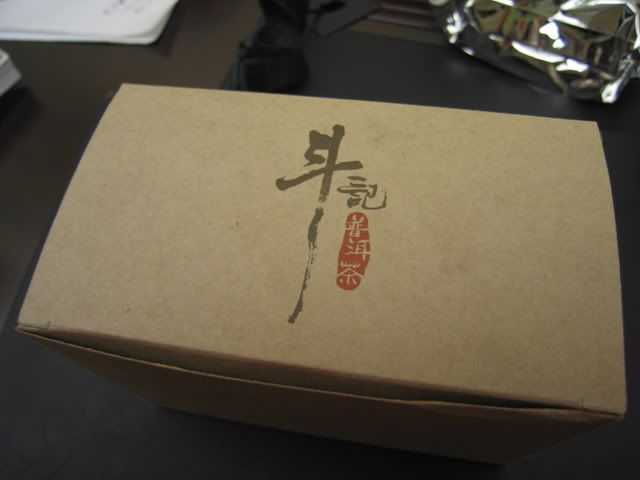
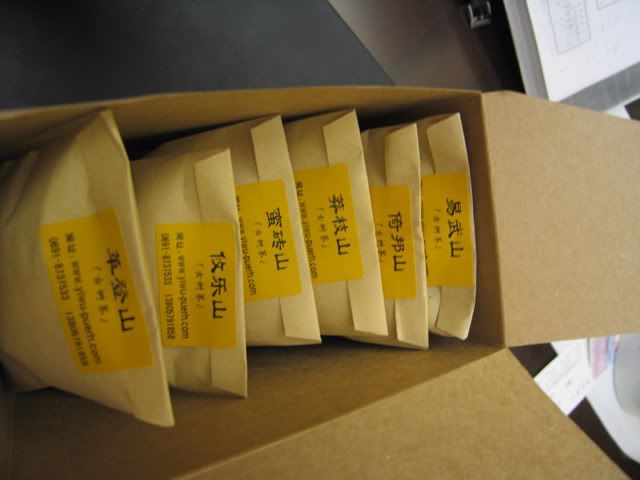
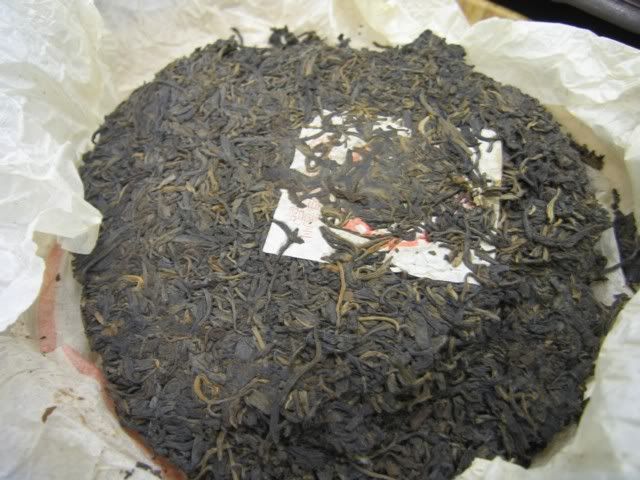
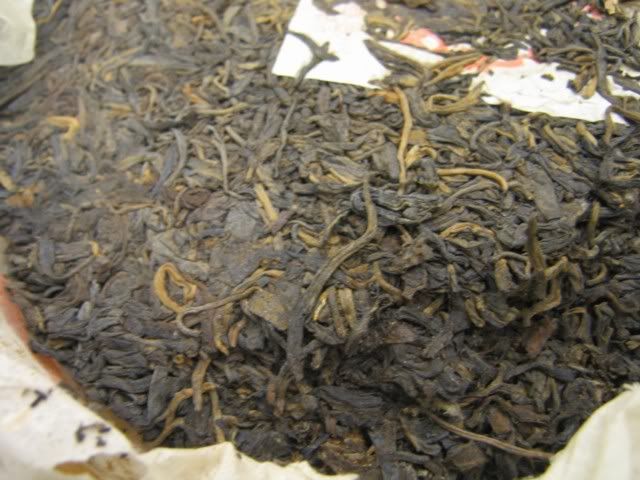
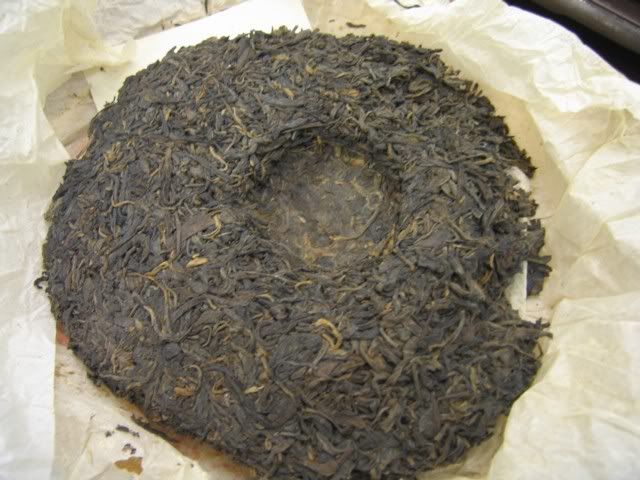


 RSS - Posts
RSS - Posts
Interesting.... would 250C in my oven work?